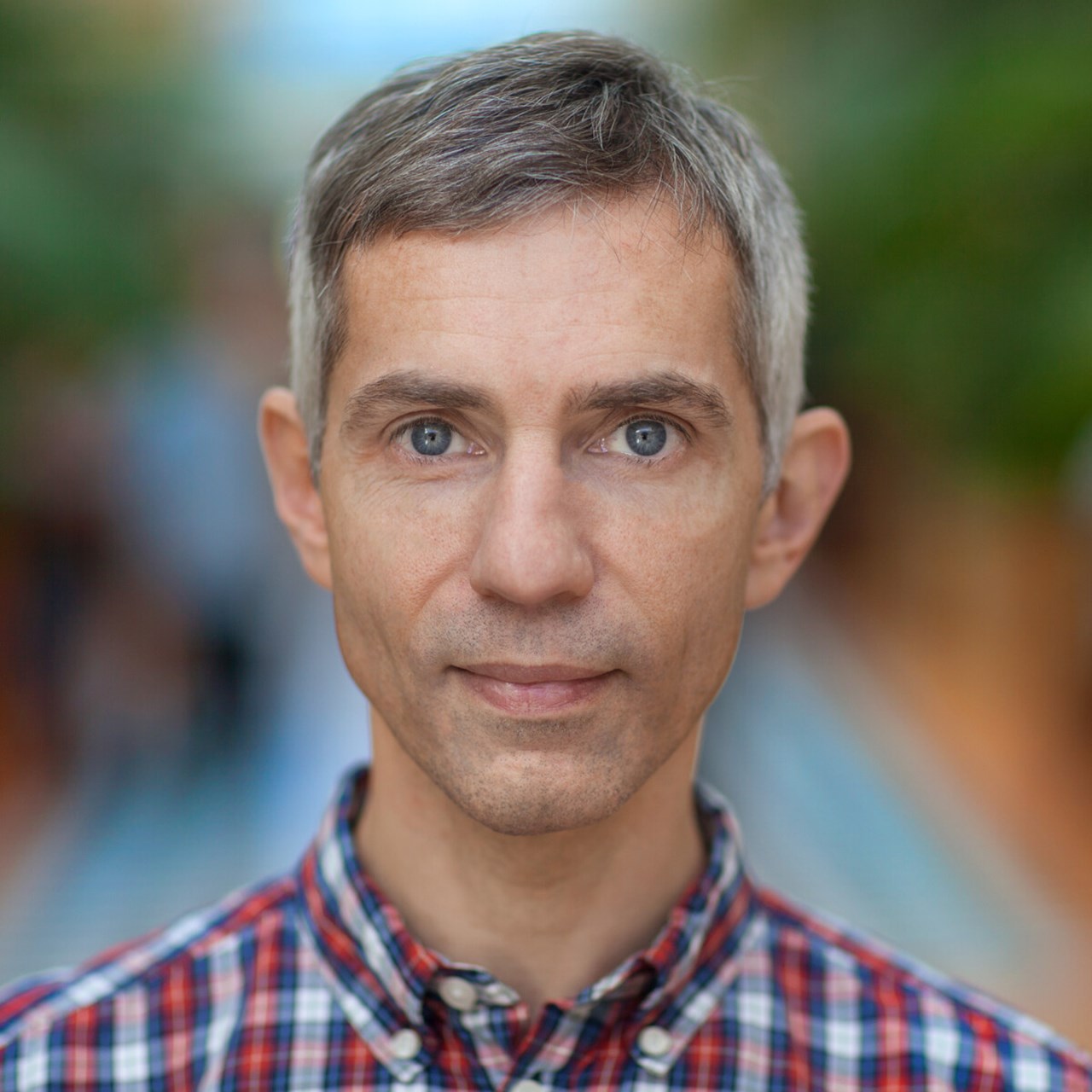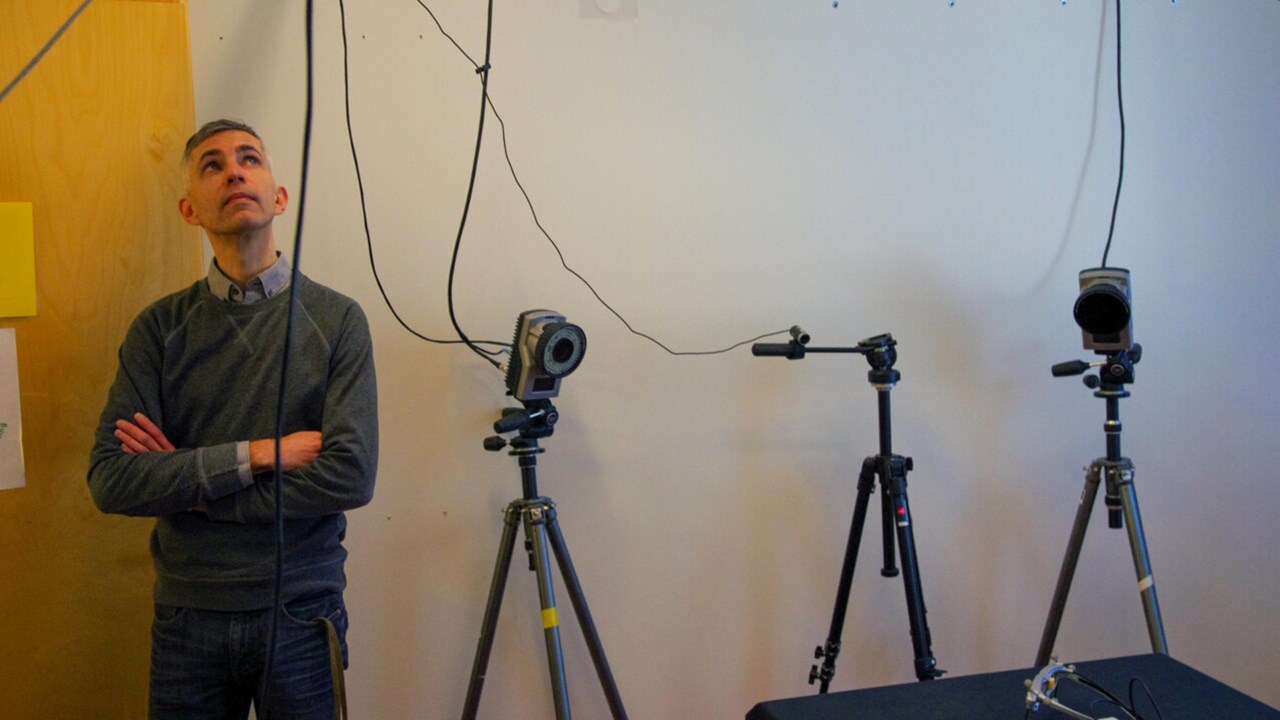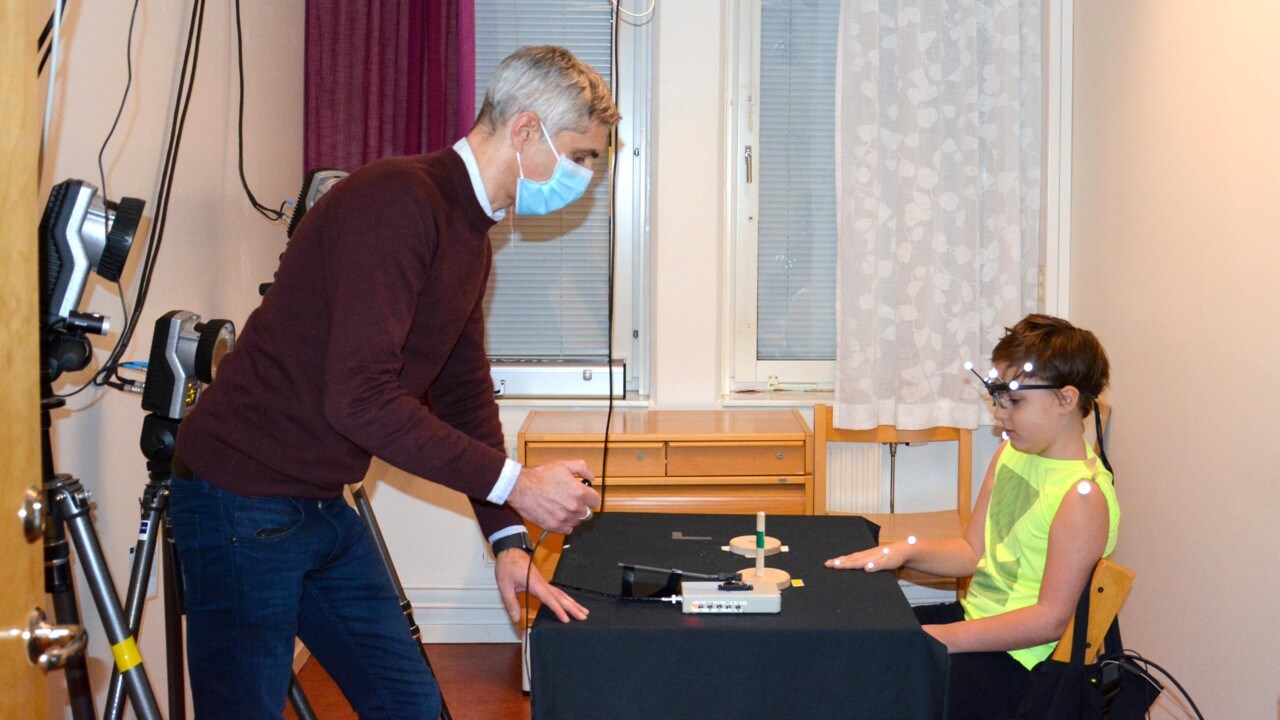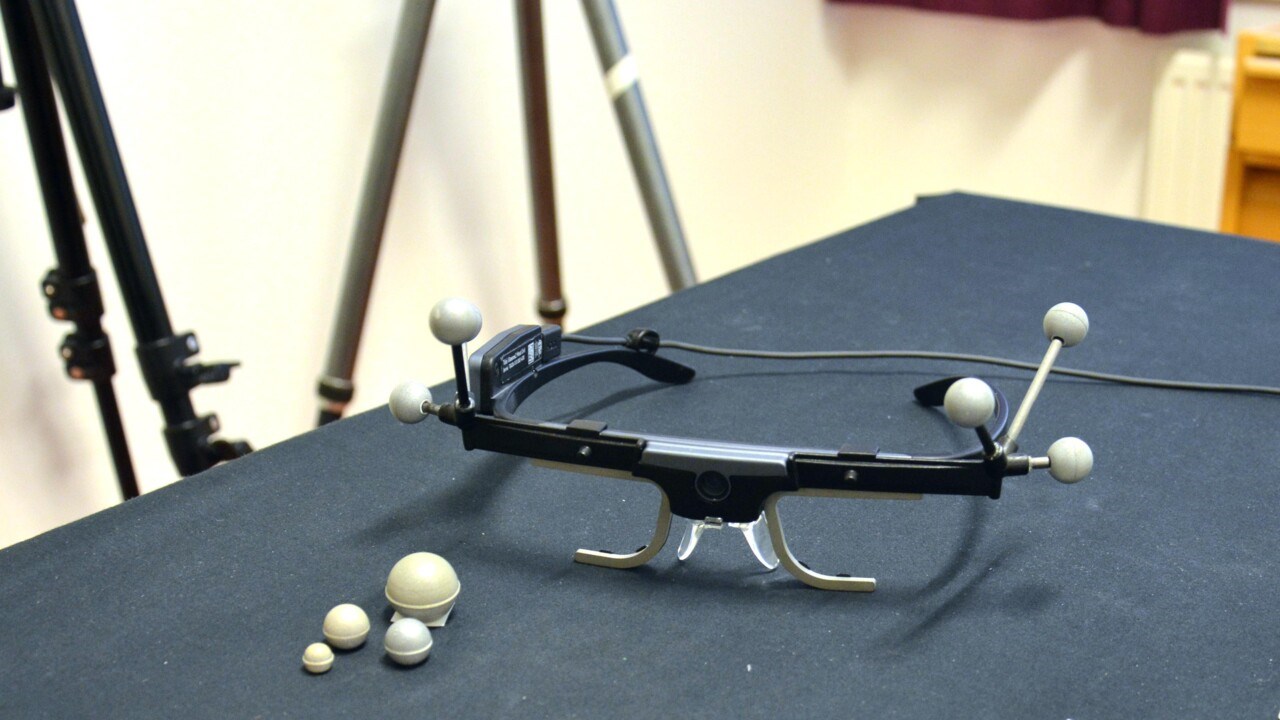
Understanding our first language
PROFILE Erik Domellöf, docent of psychology, studies the motor development of children, both in children with and without disabilities. For his achievements, he has been awarded the Wallenberg Academy Fellow prolongation grant, and will hence receive funding for another five years from the Knut and Alice Wallenberg Foundation.





